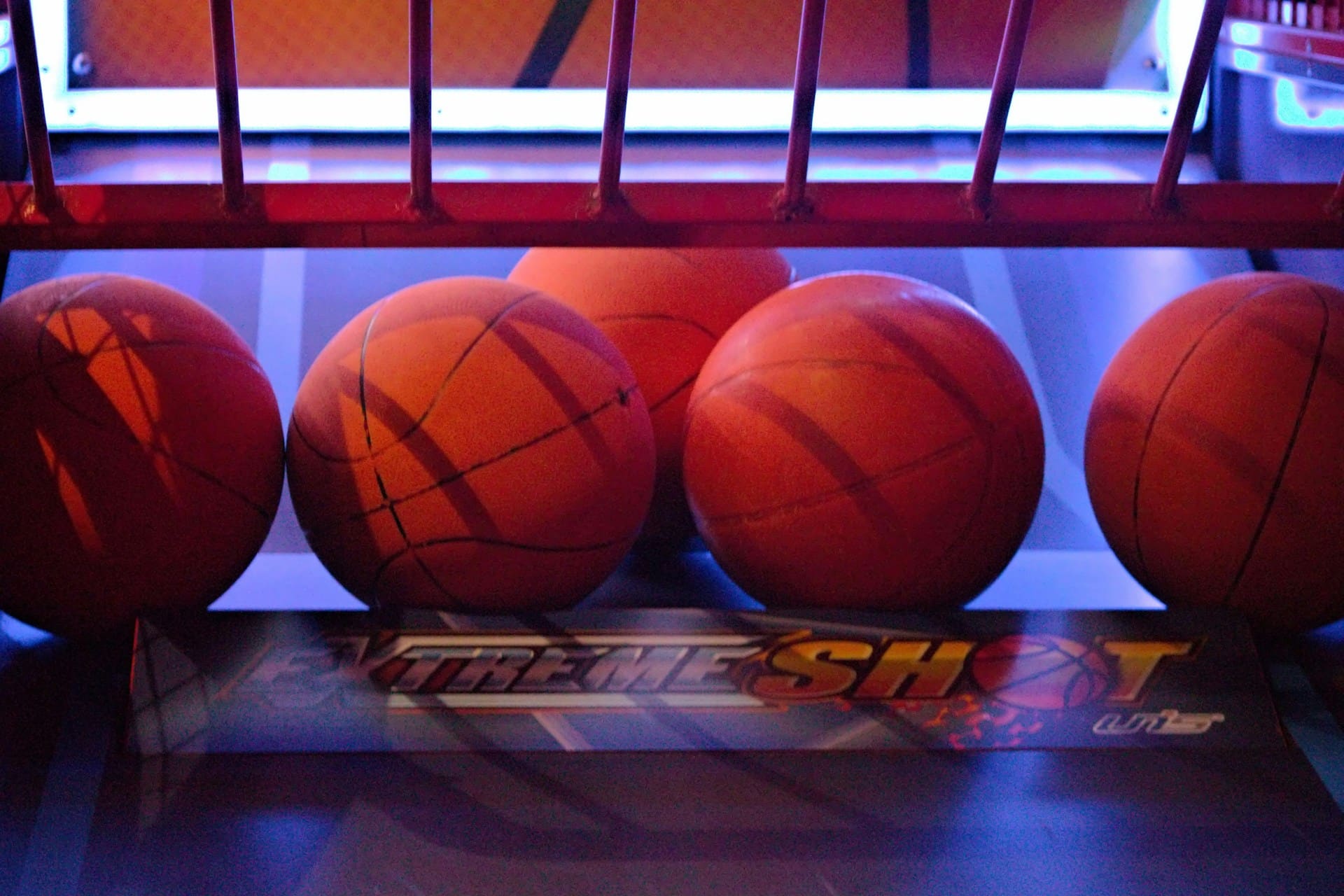
In the world of gaming, few things can break immersion faster than seeing textures popping in and out of existence. Whether it happens during a thrilling firefight in an FPS or while exploring a vast open world, texture popping can be a frustrating experience. But what causes this issue, and more importantly, how can we reduce it? This article dives into the most effective methods for minimizing texture popping in open-world games.
To tackle the problem of texture popping, it is essential to understand what it is and why it happens. Texture popping occurs when the game engine loads high-quality textures too late, causing lower-quality textures to be displayed initially. This often happens in open-world games where vast landscapes and intricate details are rendered in real time.
A lire aussi : What are the challenges of implementing multiplayer features in narrative-driven mobile games?
Texture streaming is a common technique used by game developers to manage memory and loading times. However, when the system fails to load textures quickly enough, the visual quality suffers, and textures pop in suddenly. This issue can be exacerbated by various factors, including low performance of the graphics card, poor optimization, and insufficient hardware capabilities.
One of the most straightforward ways to reduce texture popping is by tweaking game settings. Modern games offer a plethora of options, many of which can be adjusted to improve texture loading.
En parallèle : What are the effective strategies for designing user-friendly VR menus?
Graphics settings are the first place to start. Lowering settings such as texture quality can reduce the load on your system, making it easier for the game to keep up with real-time texture streaming. Similarly, adjusting motion blur, screen tearing, and refresh rate settings can enhance the overall visual experience, reducing the impact of texture popping.
Moreover, adjusting the level of detail (LOD) settings can help. LOD controls the complexity of the models and textures used at different distances. By increasing the LOD bias, you can force the game to load higher quality textures sooner, though this might come at the cost of performance.
Additionally, ensure that the mouse sensitivity is set correctly to avoid rapid movements that can strain the game engine. This can help in maintaining a consistent loading speed for textures.
Sometimes, no amount of setting tweaks can mitigate texture popping. In such cases, upgrading your hardware could be the answer. A more powerful graphics card can handle higher levels of detail and texture streaming more efficiently, reducing the likelihood of texture popping.
Increasing the amount of RAM in your system can also make a difference. More RAM allows for better handling of large textures and complex scenes, essential in open-world games. Additionally, upgrading to a solid-state drive (SSD) can significantly reduce loading times, allowing the game to fetch and load textures faster.
Investing in a high-refresh-rate monitor can also provide a smoother gaming experience, which, while not directly reducing texture popping, can make the issue less noticeable by providing a more fluid visual output.
Game developers and artists play a crucial role in minimizing texture popping. Techniques used during the production phase can have a significant impact on the final product. Proper concept art and planning help developers anticipate and mitigate texture popping from the early stages of game development.
One key technique is the use of mipmaps. Mipmaps are pre-calculated versions of textures at various levels of detail. By utilizing mipmaps, games can load appropriate textures based on the distance from the camera, reducing the chances of texture popping.
Developers can also implement asynchronous loading. This method allows the game to load textures in the background without interrupting gameplay. By doing so, it reduces instances where high-quality textures suddenly pop into view.
Optimizing texture streaming algorithms is another critical factor. Efficient texture streaming ensures that textures are loaded promptly and appropriately based on the player's location and actions within the game world. This requires continual refinement and testing to balance performance and visual quality.
Online games present unique challenges for texture popping due to the dynamic nature of real-time interactions and data streaming. In online environments, latency and server performance can impact how quickly textures load, leading to increased instances of texture popping.
Reducing texture popping in online FPS and open-world games involves both client-side and server-side optimizations. On the client side, players should ensure their internet connection is stable and fast. A high-quality connection reduces loading times and allows textures to stream more efficiently.
From a server perspective, efficient data handling and load balancing are crucial. Game developers should ensure their servers are optimized to handle texture streaming demands and prioritize data delivery based on game events and player actions.
Another vital aspect is content delivery networks (CDNs). CDNs distribute game data across multiple servers worldwide, reducing the distance and time required for data to travel to the player's device. This can significantly improve texture streaming performance and reduce texture popping in online games.
Combining all the discussed techniques and optimizations offers the best approach to reducing texture popping. Here are some best practices to consider:
Texture popping in open-world games can be a significant distraction, but by understanding the causes and implementing the methods discussed, you can minimize its impact. Whether it's through adjusting game settings, upgrading your hardware, or relying on developer optimizations, there are multiple avenues to explore.
For most gamers, a combination of these solutions will yield the best results. Tweak your settings, consider hardware upgrades, and stay informed about developer updates. By being proactive, you can ensure a smoother, more immersive gaming experience, free from the distracting issue of texture popping.